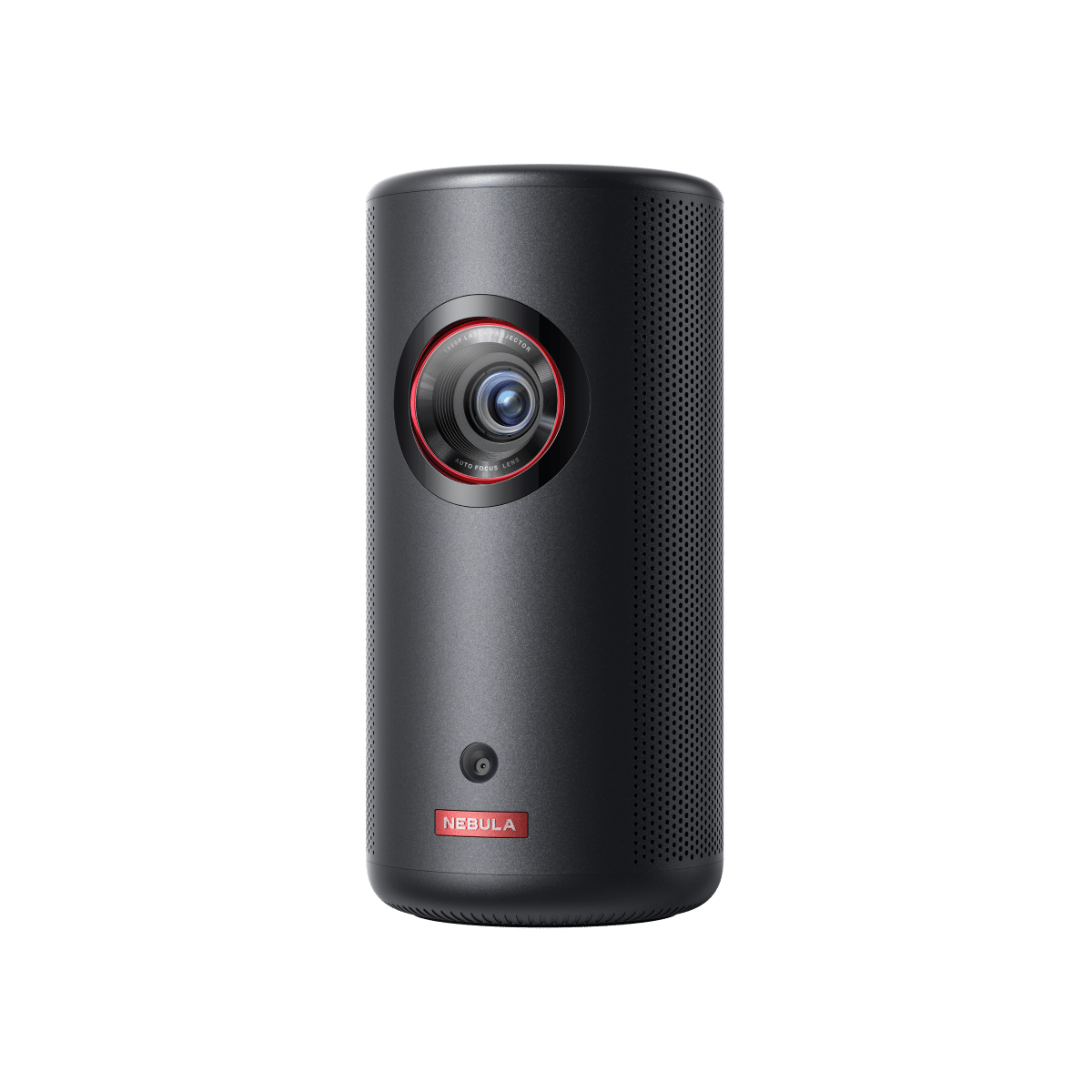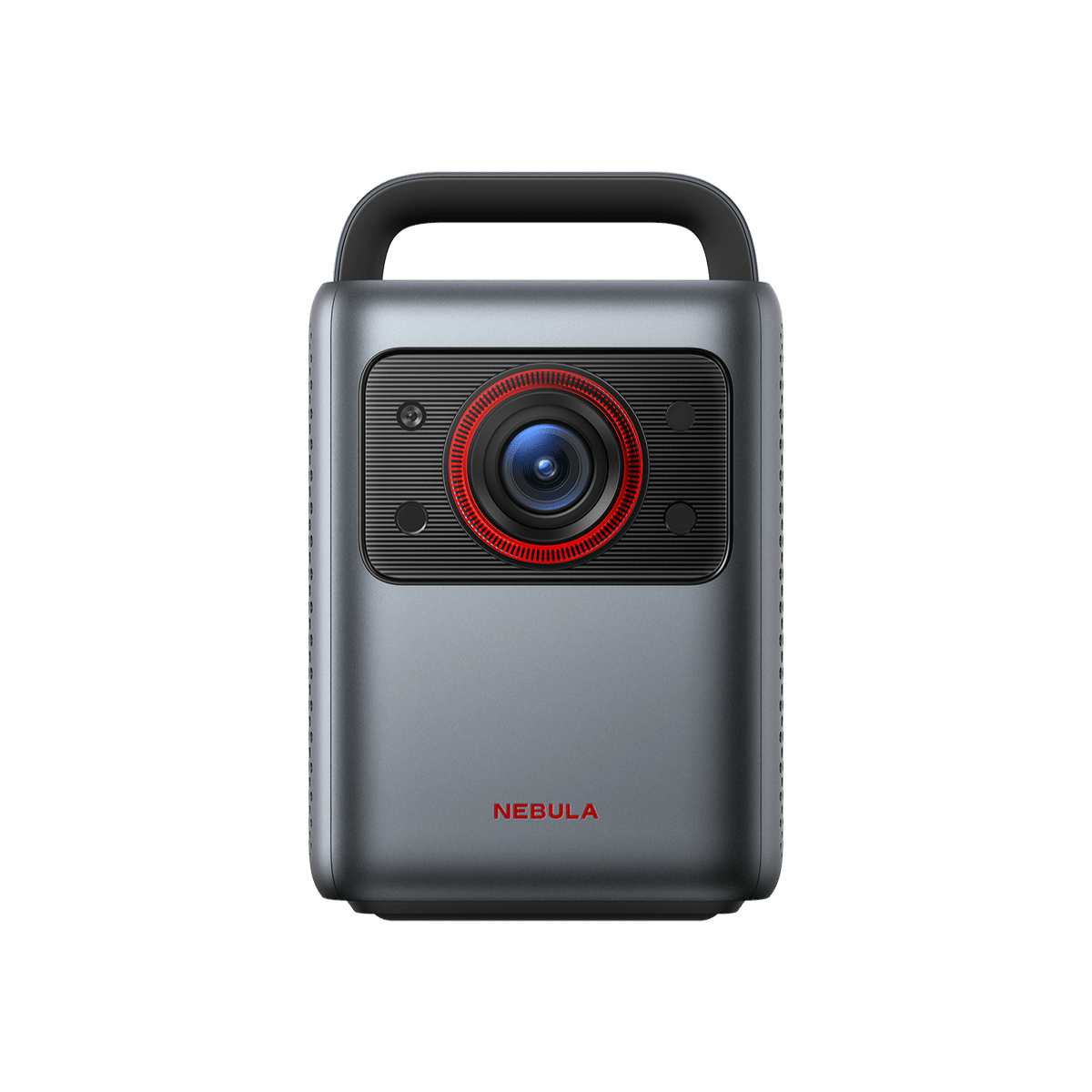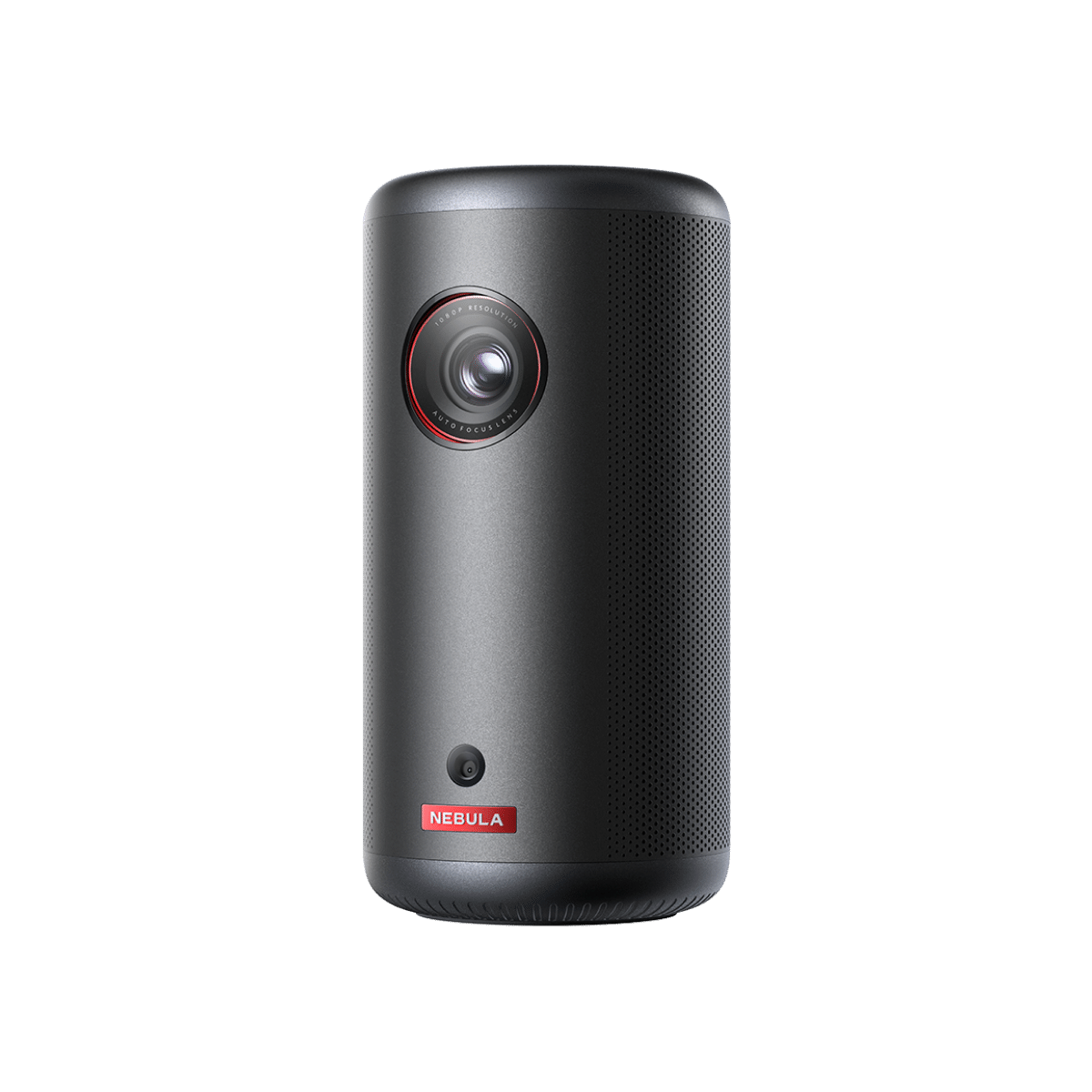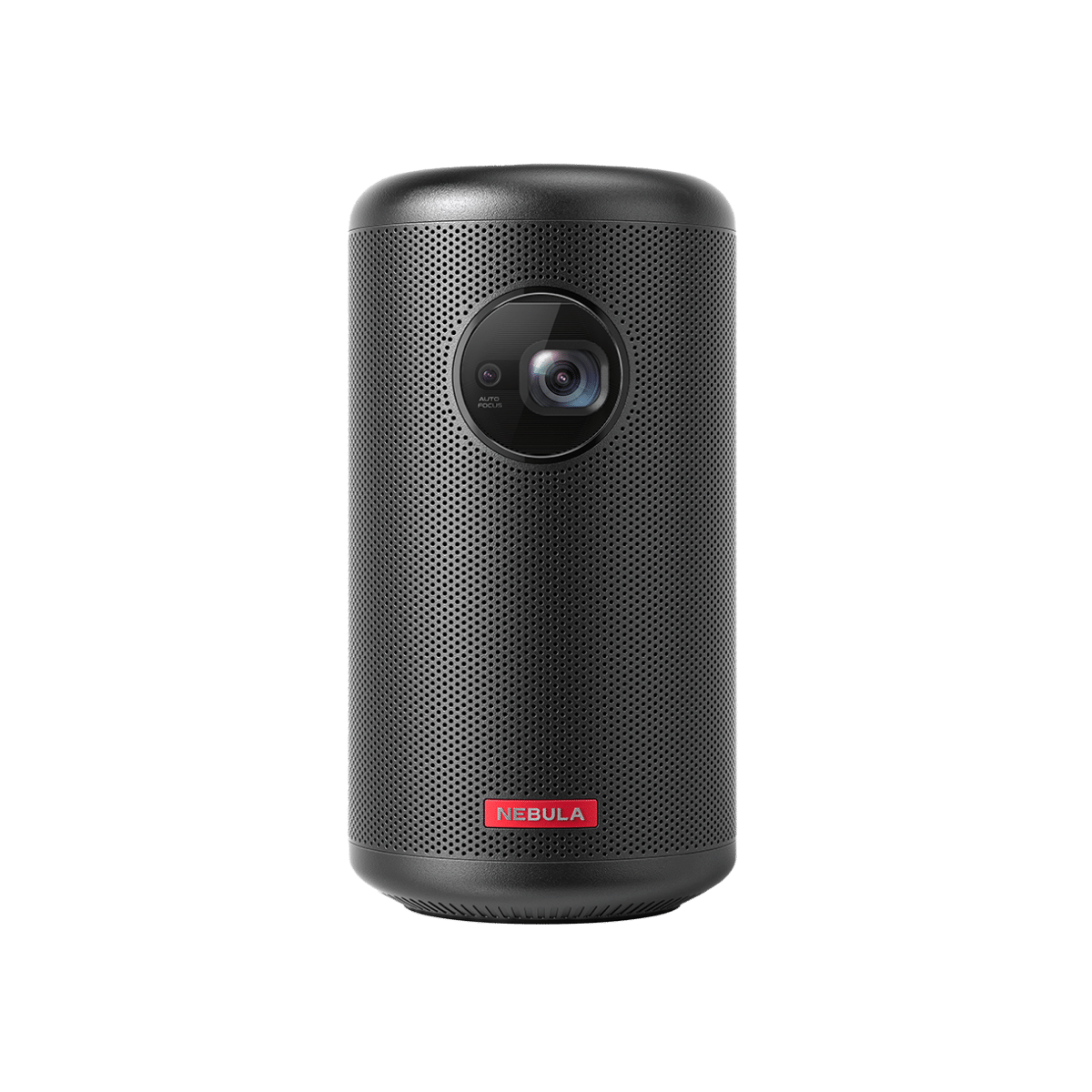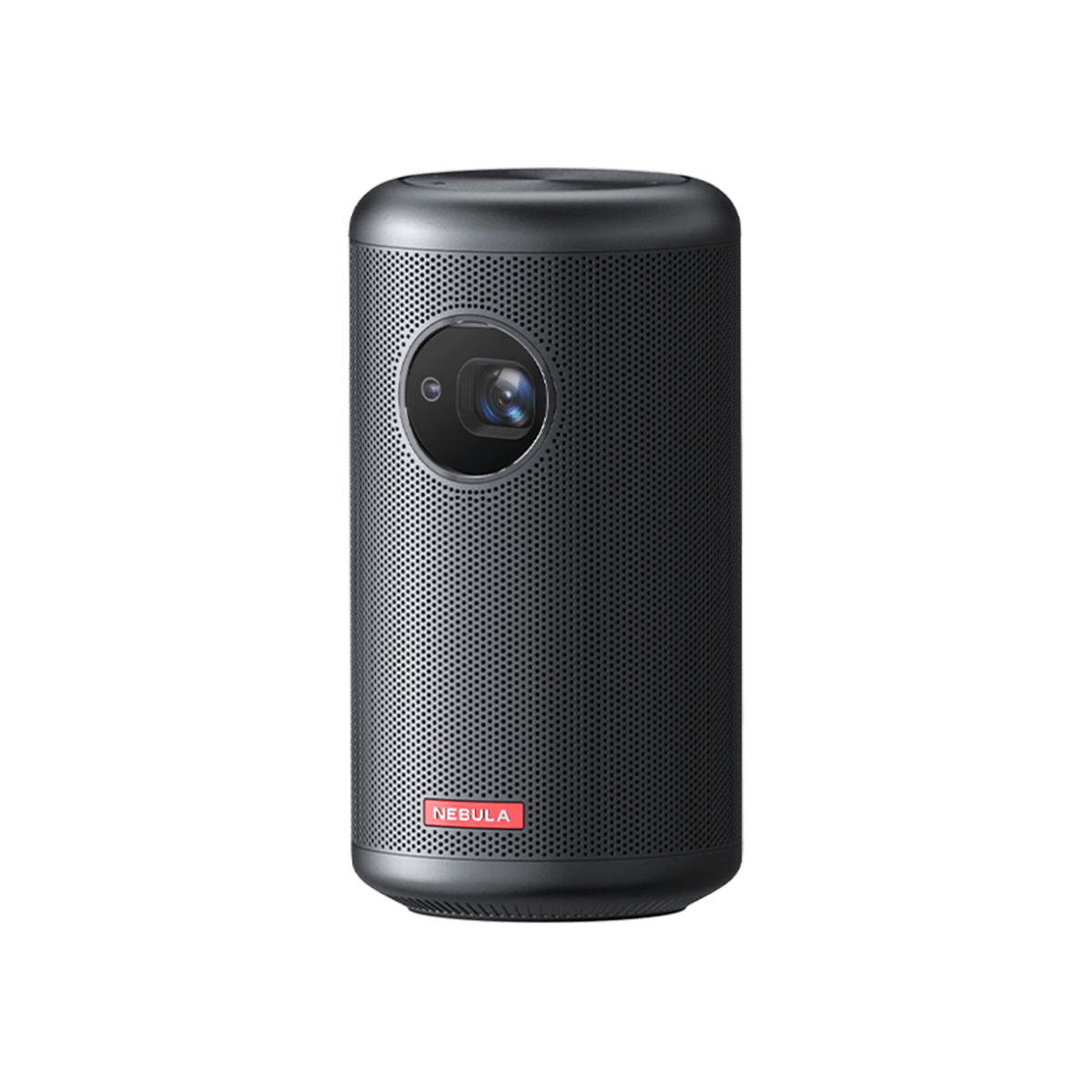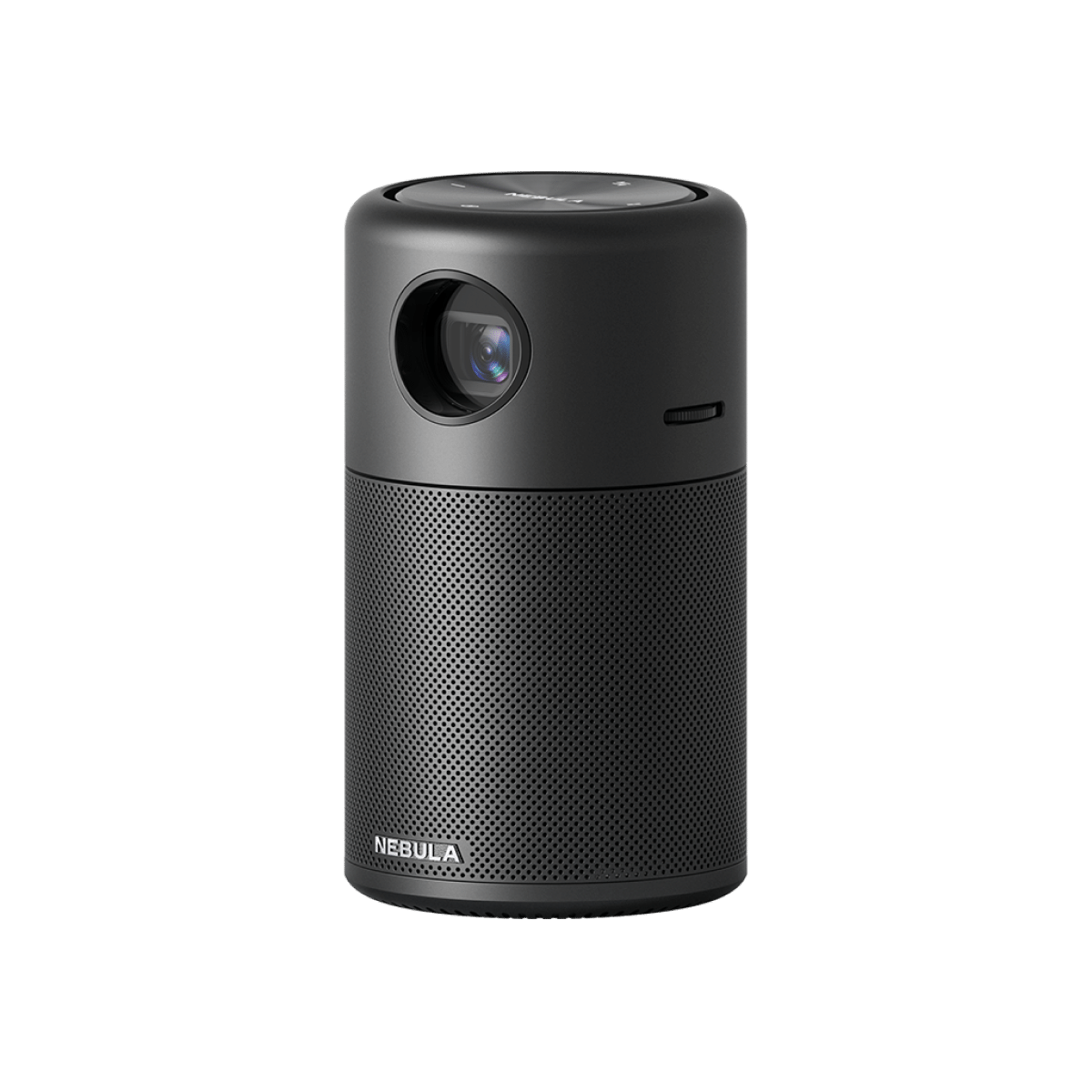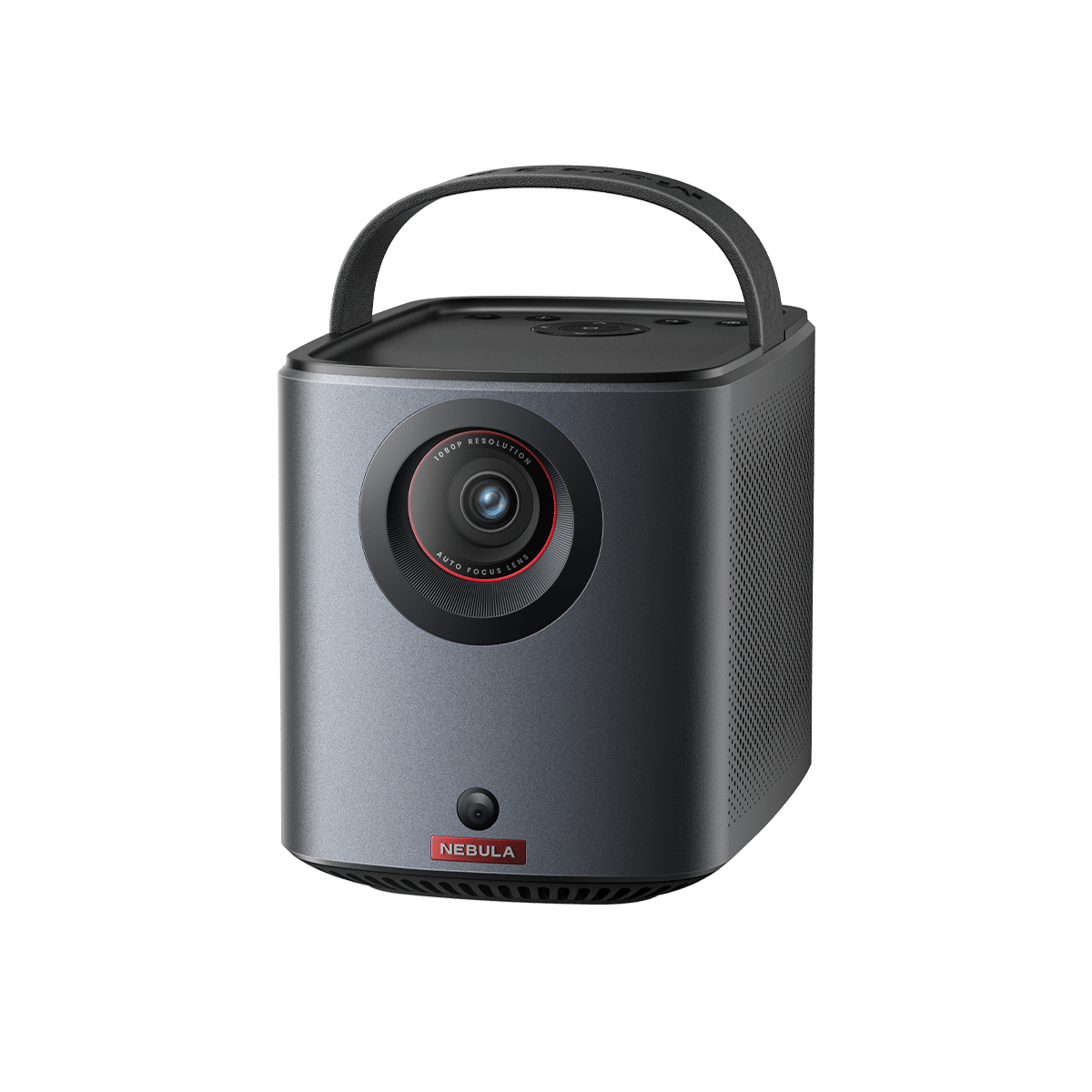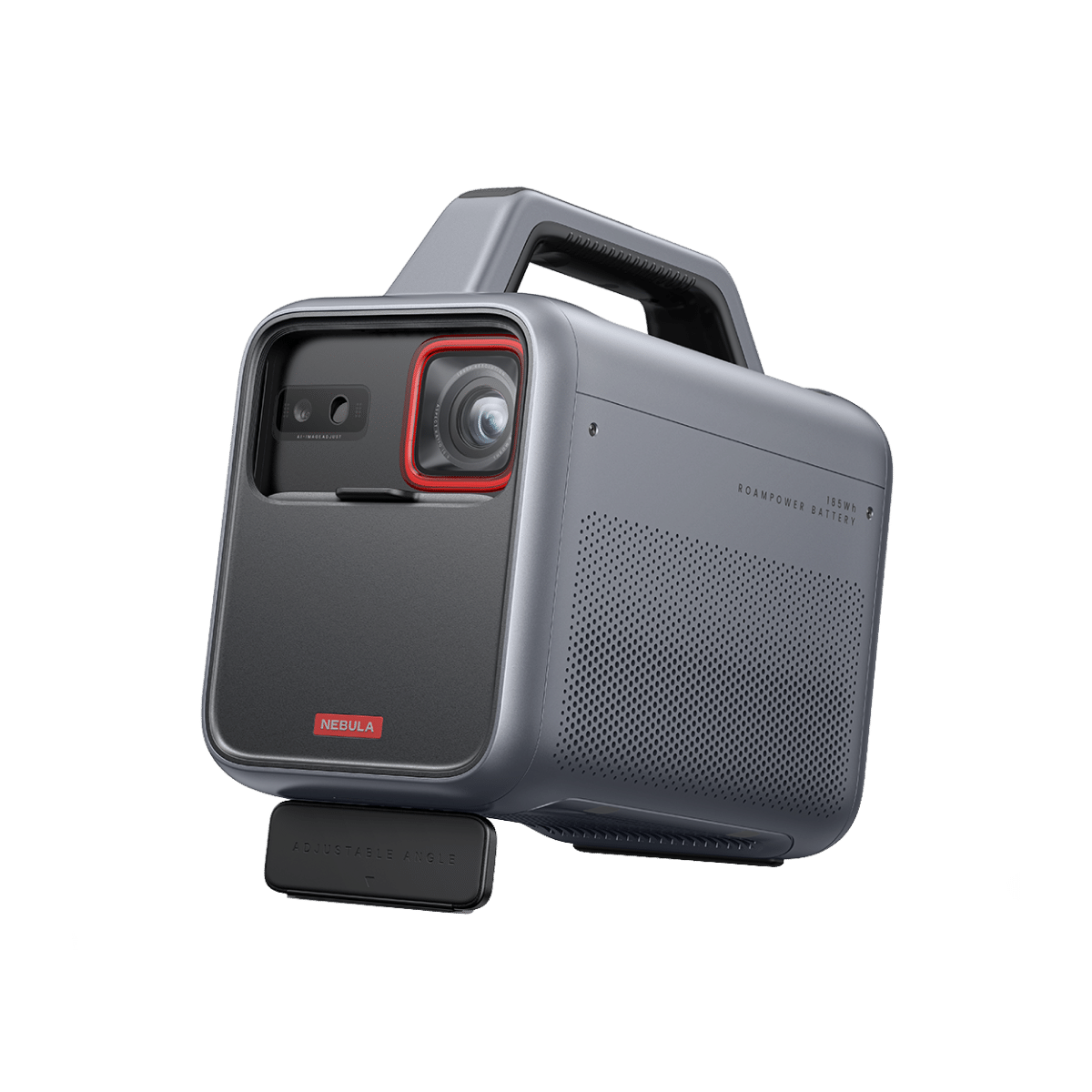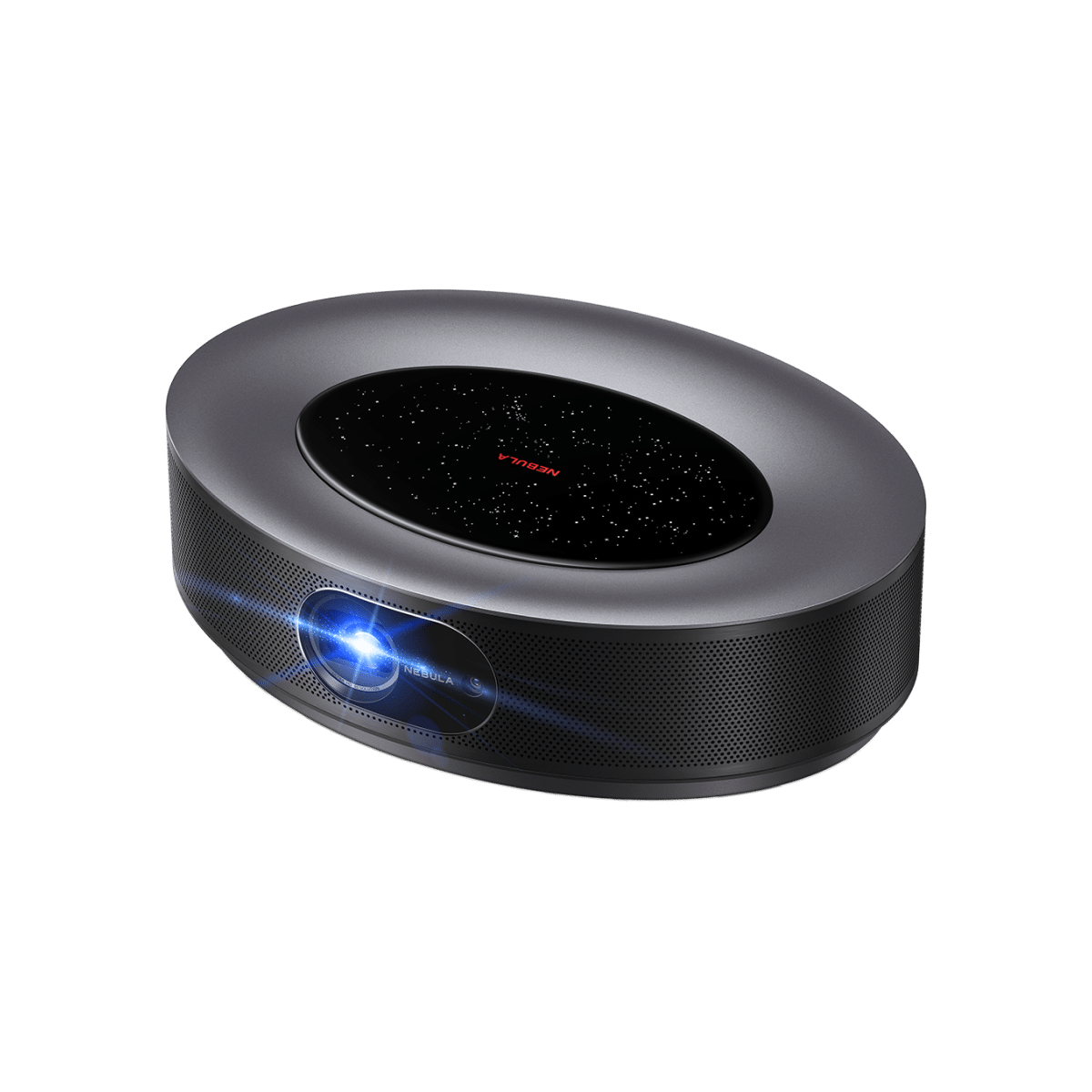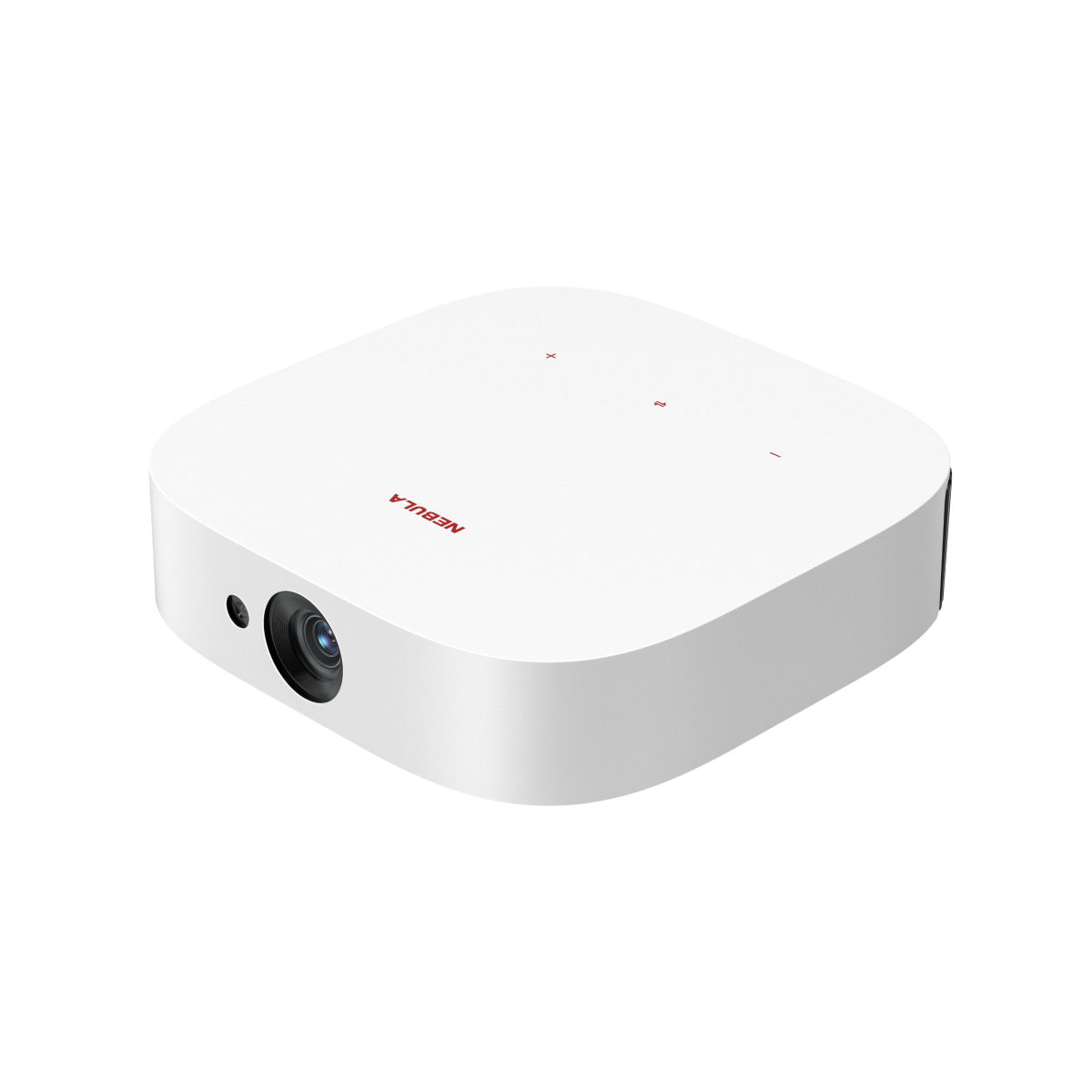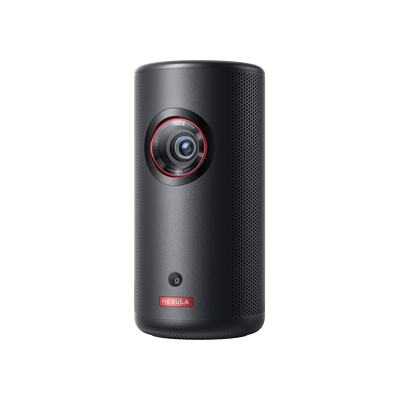In the realm of home theater and professional presentations, the quality of your projector setup can significantly impact your viewing or presentation experience. Among the many factors to consider, projector throw distance is a fundamental concept. Understanding it is crucial for achieving the optimal image size and clarity. In this comprehensive guide, we'll delve into everything you need to know about projector screen distance, including what is projector throw ratio, calculations, types, and how to set up your projector effectively.
What Is Throw Ratio

Understanding the projector throw ratio meaning begins with a fundamental grasp of what is projector throw distance. The projector throw distance meaning is the physical distance between a projector and the screen or projection surface on which the image is displayed. It is the space required to achieve a specific image size. In other words, it's the distance at which you need to place the projector from the screen to get the desired image size.
Throw ratio, on the other hand, is a numerical representation of the relationship between the projector's distance from the screen and the width of the image it can project. It's expressed as a ratio, typically written as "X:1," where "X" represents the throw ratio. This ratio helps you determine how far or close the projector should be from the screen to achieve a particular image size.
How to Calculate Projector Throw Distance
To measure projector throw distance for your desired screen size, you can use the throw ratio formula:
Throw Ratio (D/W) = Distance (D) / Width (W)
- Throw Ratio (D/W) is the throw ratio specified by the projector's manufacturer.
- Distance (D) is the distance between the projector's lens and the screen.
- Width (W) is the width of the desired image on the screen.
To determine the distance, you can rearrange the formula to get a projector throw distance formula:
Distance (D) = Throw Ratio (D/W) * Width (W)
Here's how to calculate the optimal projector to screen distance step by step:
- Identify Your Screen Size (Width):Measure the width of your screen or the desired image size on the screen in inches or feet.
- Check the Projector's Throw Ratio:Consult the manufacturer's specifications for your projector model to find its throw ratio (D/W).
- Plug in the Values: Insert the throw ratio and screen width into the formula.
- Calculate the Distance:Multiply the throw ratio by the screen width to calculate the optimal projector distance (D).
For example, if your projector has a throw ratio of 1.5 and you want to project an image with a width of 100 inches:
Distance (D) = 1.5 (throw ratio) * 100 inches = 150 inches
In this case, you would need to place your projector 150 inches (or 12.5 feet) away from the screen to achieve a 100-inch wide image.
Keep in mind that this is a general method, and the specific throw ratio and recommended distance may vary depending on your projector model. Always refer to the manufacturer's recommendations for projector to screen distance to ensure accurate placement and optimal image quality.
Projector Throw Ratio Types

Projectors come in various throw ratio types to suit different setups and spaces. The three primary categories are:
Ultra Short-Throw Projectors
Ultra-short-throw projectors are designed to project large images from an incredibly short distance.
- Ultra-Short Throw Projector Distance: For a 100-inch image, it typically requires about 3-20 inches of throw distance.
- Throw Ratio Range: Typically below 0.4
Key Characteristics:
- Extreme Short Distance: Ultra-short-throw projectors can be placed very close to the screen or wall, making them ideal for small rooms or spaces with limited throw distance.
- Reduced Shadows and Glare: Due to their proximity to the screen, these projectors minimize shadows and glare, enhancing the viewing experience.
- Interactive Capabilities: Many ultra-short-throw projectors come with interactive features, such as touch or pen input, making them popular in education and interactive presentations.
- Limited Placement Flexibility: While they offer advantages in small spaces, ultra-short-throw projectors have limited flexibility for image size adjustments.
Common Uses:
- Classrooms and Interactive Learning Environments: Ultra-short-throw projectors are commonly used in classrooms for interactive lessons and whiteboard applications.
- Home Theater: They can create large cinematic experiences in small living rooms or dedicated home theater spaces.
- Digital Signage: These projectors are suitable for creating eye-catching displays in retail and commercial settings.
Short-Throw Projectors
Short-throw projectors are designed to project relatively large images from a short to moderate distance.
- Short Throw Projector Distance:For a 100-inch image, it typically requires about 3-4 feet of throw distance.
- Throw Ratio Range: Typically between 0.4 to 1
Key Characteristics:
- Moderate Distance: Short-throw projectors offer more placement flexibility than ultra-short-throw models but still require less space than standard/long-throw projectors.
- Balanced Image Quality: They strike a balance between proximity to the screen and image size, providing good image quality and flexibility.
- Reduced Shadows: While not as shadow-resistant as ultra-short-throw projectors, they are better at minimizing shadows compared to standard/long-throw projectors.
Common Uses:
- Classrooms and Meeting Rooms: Short-throw projectors are popular in educational and corporate environments for presentations and interactive collaboration.
- Home Theater: They are suitable for home theater setups when you have a moderate amount of space.
Standard/Long-Throw Projectors
Standard/long-throw projectors are designed to project images from a considerable distance.
- Long Throw Projector Distance:For a 100-inch image, it typically requires about 8-10 feet of throw distance.
- Throw Ratio Range:Generally above 1
Key Characteristics:
- Long Distance: These projectors require a substantial amount of space between the projector and the screen to create large images.
- Versatile Image Sizing: They offer a wide range of image size options and can adapt to various room sizes.
- Cost-effectiveness: Often more budget-friendly compared to other types.
Common Uses:
- Large Auditoriums: Standard/long-throw projectors are often used in auditoriums, conference centers, and large venues where a massive screen or projection is necessary.
- Outdoor Events: They are suitable for outdoor movie nights, sports events, and large-scale public displays.
- Professional Presentations: In business settings, they are used for high-quality presentations in larger meeting rooms.
The choice between ultra-short-throw, short-throw, and standard/long-throw projectors depends on your specific needs, available space, and the desired image size. Each type of projector offers distinct advantages and is best suited to different settings and applications.
How to Use Throw Ratio to Set up Your Projector

To set up projector using the throw ratio, follow these simple steps:
- Determine your desired screen size:Measure the projector screen size or wall where you plan to project the image.
- Check the throw ratio of your projector:Consult your projector's manual or specifications to find its throw ratio.
- Calculate the throw distance:Use the formula mentioned earlier to calculate the throw distance required for your desired screen size.
- Position the projector:Place the projector at the calculated throw distance from the screen or wall.
- Adjust if necessary:Fine-tune the projector's position to center the image correctly and focus it for optimal clarity.
By following these steps, you'll ensure that your projector setup delivers the best possible viewing experience.
Conclusion
Understanding projector throw distance and throw ratio is vital for achieving the perfect display in your home theater or presentation space. Whether you opt for a standard/long throw, short throw, or ultra-short throw projector, knowing how to calculate and use throw ratio effectively will help you make the most of your setup.
FAQ
What Is a Good Throw Ratio for Projectors?
The optimal throw ratio for projectors isn't a universal metric; it varies based on individual needs. The most commonly encountered throw ratio is approximately 2.0.
What Is the 4/6/8 Rule for Projectors?
The 4/6/8 rule for projectors is a guideline used to determine the ideal viewing distance from the screen based on the screen's height. This rule suggests that viewers should sit at a distance that is four, six, or eight times the height of the screen.
Is a Higher Throw Ratio Better?
Not necessarily. The choice between a high or low throw ratio depends on your space and screen size. Higher throw ratios are better for large rooms, while lower throw ratios are suitable for smaller spaces or when you want to minimize the projector's distance from the screen.
